Improving Comprehension with Collaborative Strategic Reading
May 20, 2025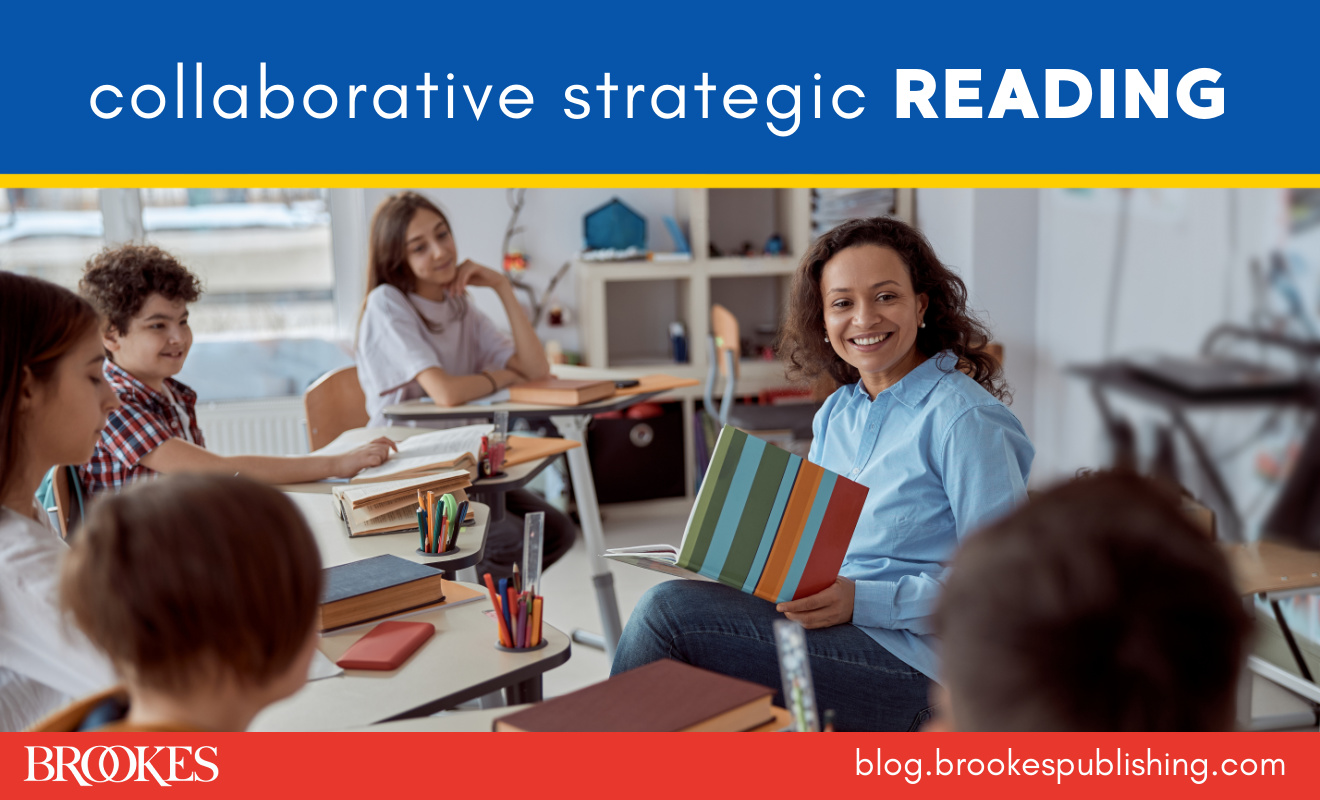
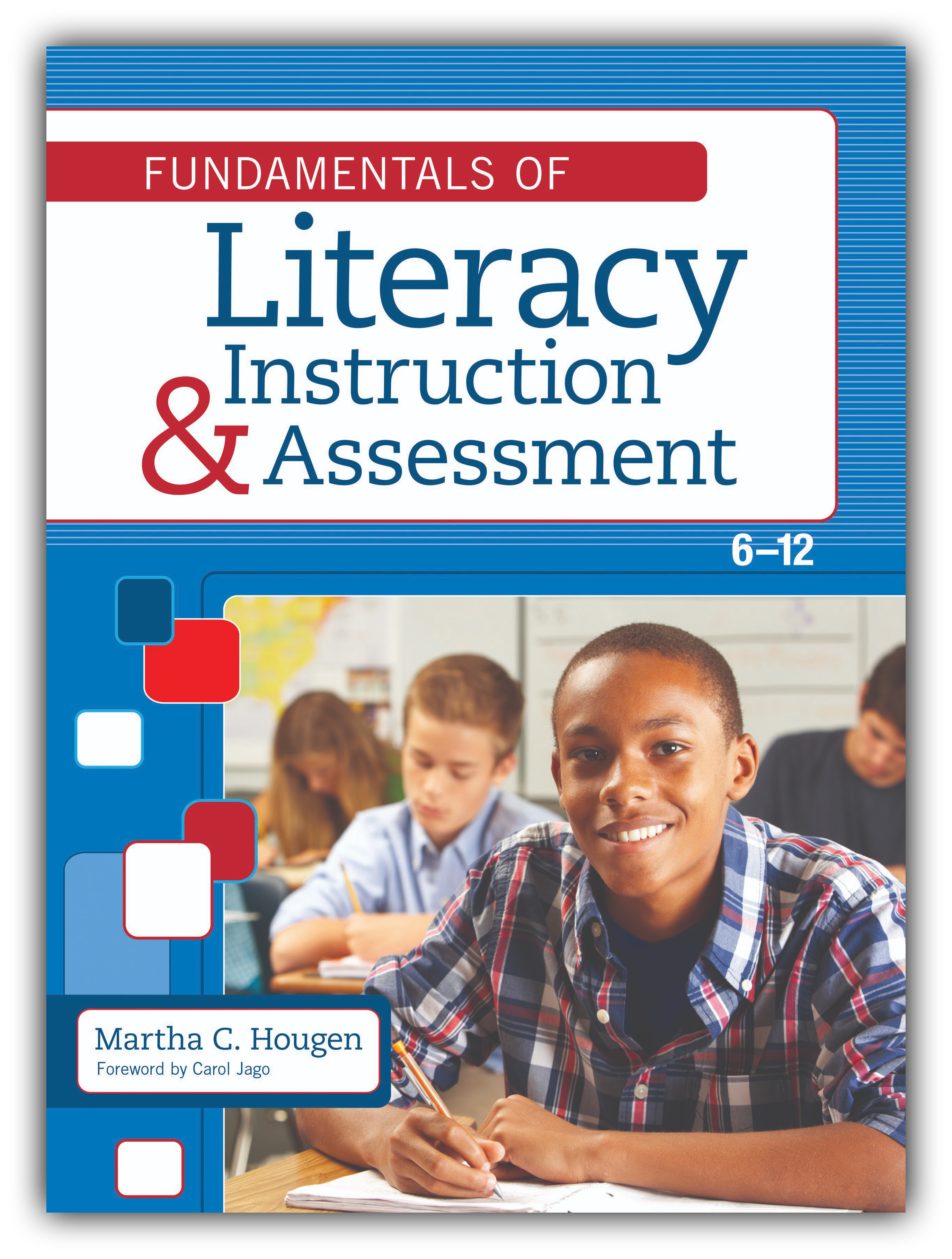 Today’s post has been adapted from the chapter “’Now It Makes Sense!’ Best Practices for Reading Comprehension,” by Stephen Ciullo and Colleen Klein Reutebuch, in the book Fundamentals of Literacy Instruction and Assessment, 6-12, edited by Martha C. Hougen, Ph.D.
Today’s post has been adapted from the chapter “’Now It Makes Sense!’ Best Practices for Reading Comprehension,” by Stephen Ciullo and Colleen Klein Reutebuch, in the book Fundamentals of Literacy Instruction and Assessment, 6-12, edited by Martha C. Hougen, Ph.D.
How can teachers improve the reading comprehension of older students in Grades 6-12? What techniques are based on quality research? In today’s post, you’ll learn about collaborative strategic reading (CSR), a research-driven strategy that can improve the reading comprehension ability of all students, including students with learning disabilities and English language learners.
Collaborative strategic reading (CSR) is a framework that combines comprehension strategies, engagement with text, and meaningful collaborative learning opportunities. Here are the key components of CSR and some guidelines on how to use them in your classroom:
Previewing Before Reading
- Guide students through the process of looking at all pictures, headings, and subtitles.
- The class discusses what students already know about the topic, and then the students write predictions based on the preview about what they will learn.
- Include additional supports (video, pictures) to generate interest or support background knowledge about the topic.
- Preteach vocabulary and give students the chance to practice the new vocabulary and discuss the concepts (this is essential for ELLs and students with reading difficulties).
During Reading Process: “Click,” “Clunk,” and “Get the Gist”
- Teach students the difference between “clicking” and “clunks” while reading. “Clicking” refers to smooth and fluent reading and vocabulary comprehension, while “clunks” are challenging words or phrases encountered during reading.
- Ask groups of four to six students to read a passage, either silently or orally as a small group.
- Have students practice using fix-up strategies to decipher clunks. These include rereading and looking for the context clues; rereading the sentence before and after the sentence where a clunk was located; identifying prefixes, suffixes, root words, or words within the word that students know; and looking for cognates (helpful for ELLs if their primary language shares some words with English).
- Teach the “get the gist” strategy for identifying a main idea. After a paragraph or section, have students compose a gist statement. First, students locate the most pertinent who or what from the section of text. Next, they identify the most important information about the who or what. Finally, they compose a sentence stating the main idea in about 10 words.
- Encourage students to share their gist statements and clunks with the other students in the group.
After Reading (Wrap Up—Extending Comprehension)
Have students each write three questions to extend comprehension after reading:
- A “right there” question for which the answer can be identified in one location in the text. (Examples: What is the definition of photosynthesis? What was the name of President Carter’s vice president?)
- A “think and search” question that invites students to locate information in different parts of a text to arrive at the answer. (Examples: What are two reasons mentioned in the text that might have forced the United States to enter World War II? How did the Supreme Court decision in Brown v. Board of Education affect students and law enforcement officials?
- An “author and you” question, which is for higher-level comprehension such as inference or evaluation. (Examples: If you were Winnie in Tuck Everlasting, what decision would you have made and why? What other Supreme Court case that we have read about this year does the Brown v. Board of Education decision remind you most of and why?)
As a final step, have students look back at their gist statements, think about the passage, and compose several sentences that summarize the passage.
***
You can teach these key CSR components through a process of teacher modeling, joint practice, and the gradual removal of support to promote independent practice and generalization.
The strategies can be used sequentially as a comprehension package, or you can select the individual elements (“get the gist,” “fix-up strategies,” etc.) that meet the needs of your students in Grades 6–12.
Get the book behind this blog post for more practical guidance on improving comprehension for older students!

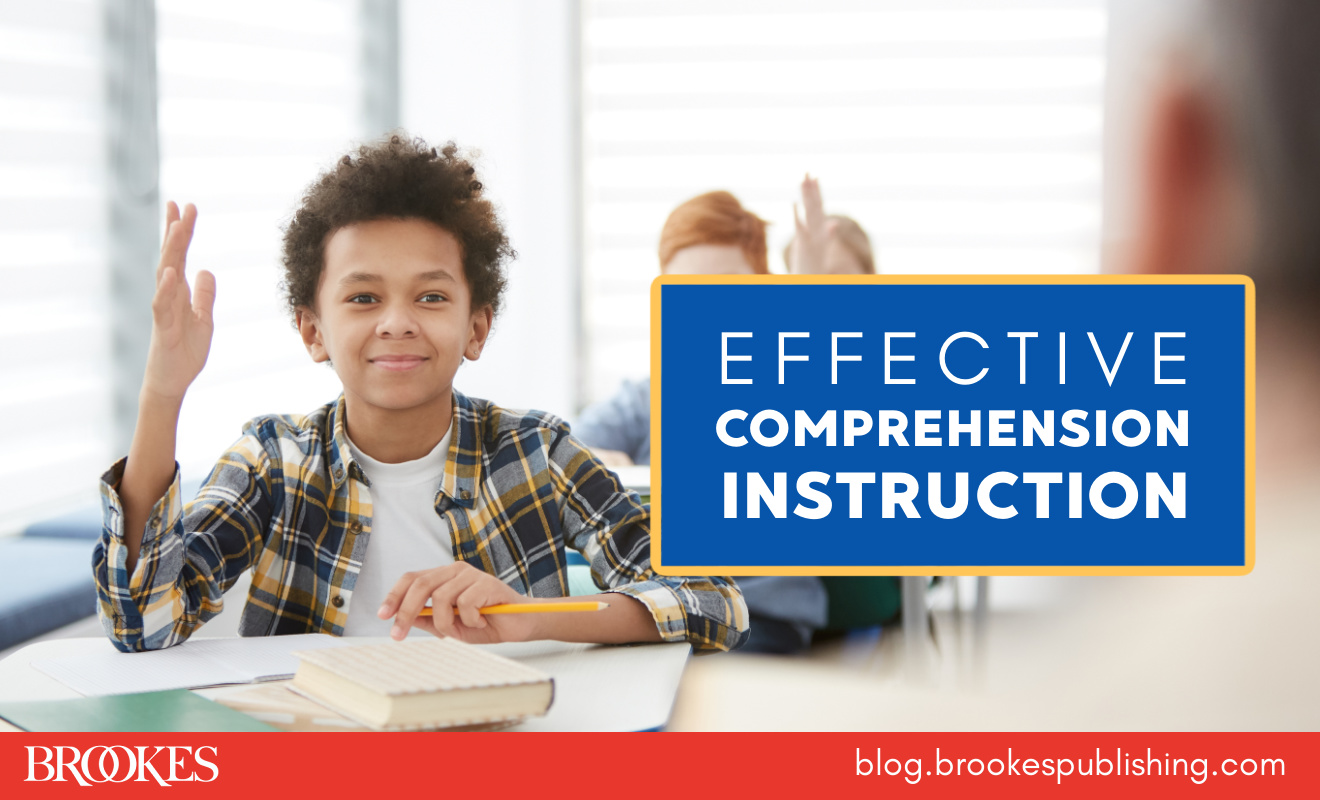
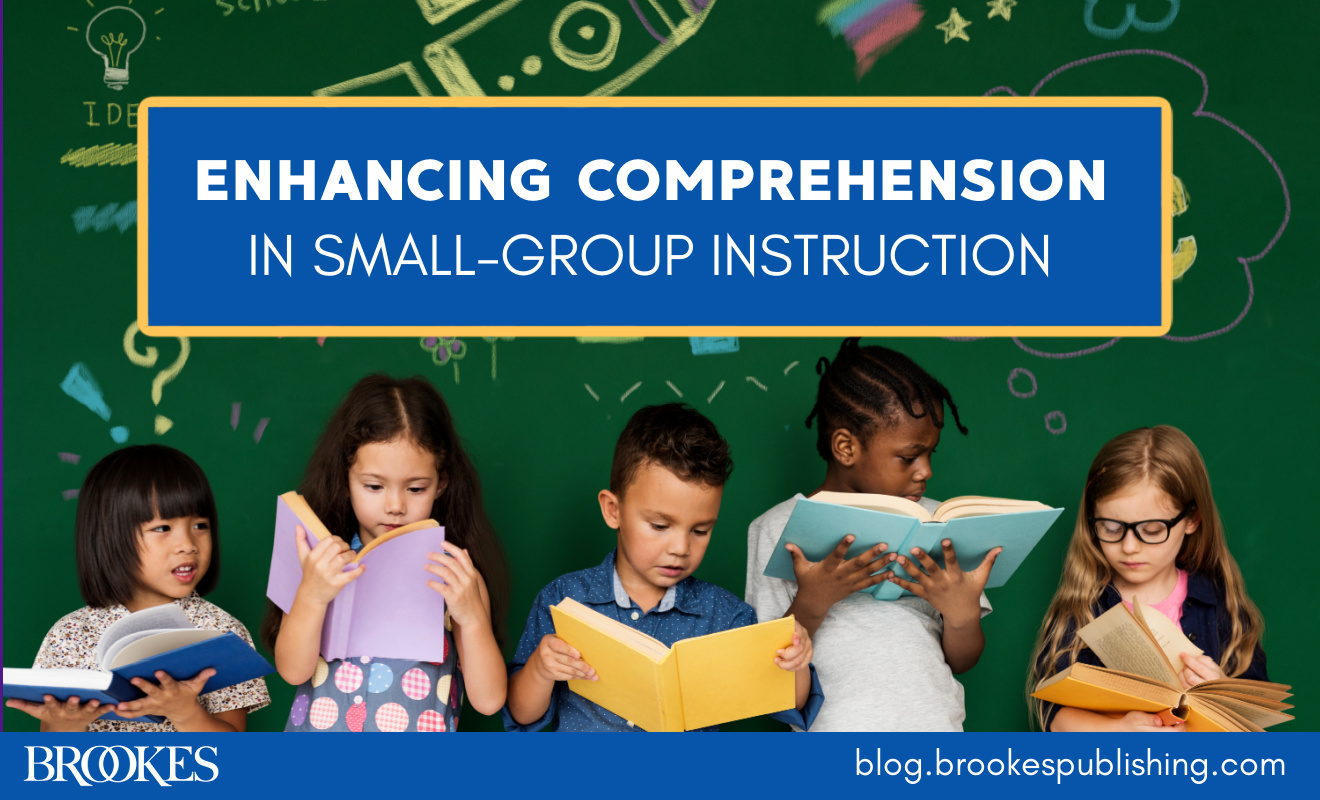
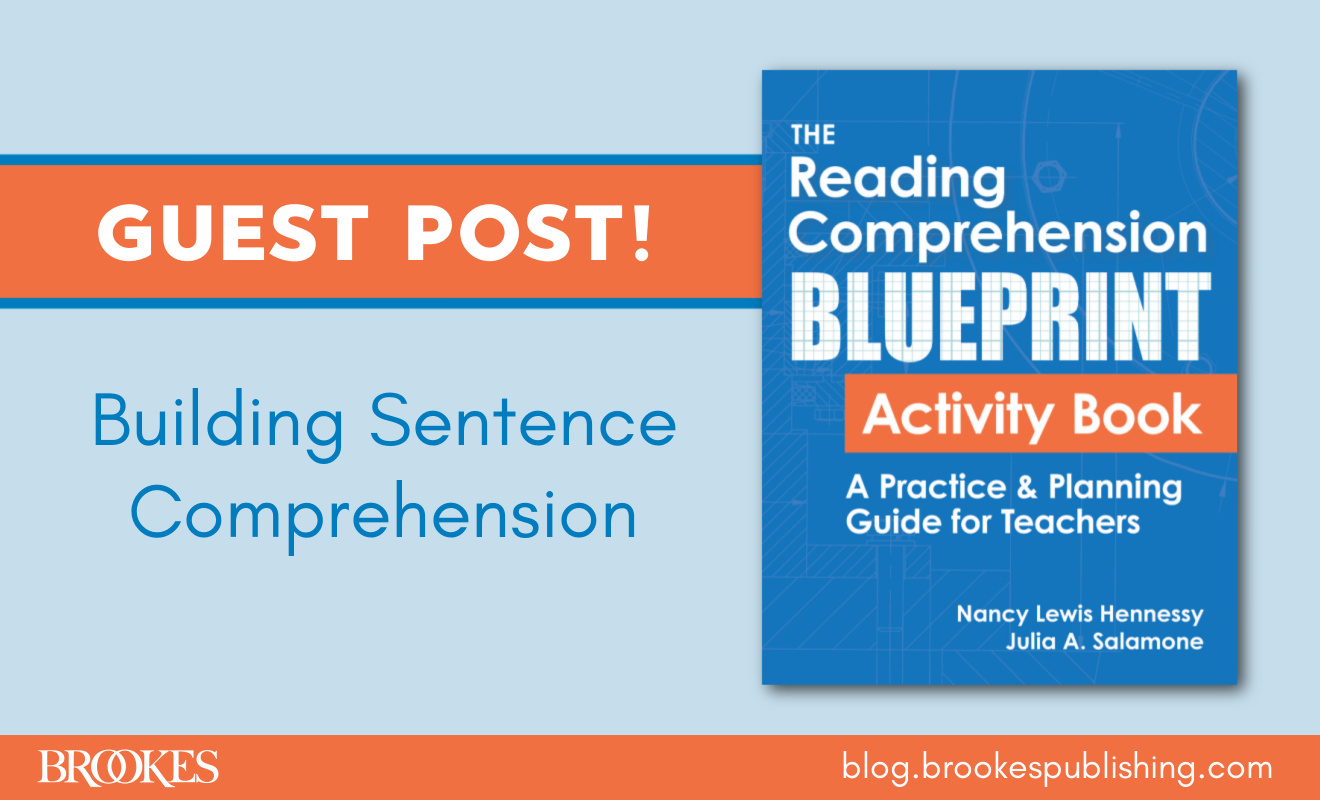
Write a Comment
Your email address will not be published. Required fields are marked *
Post a Comment